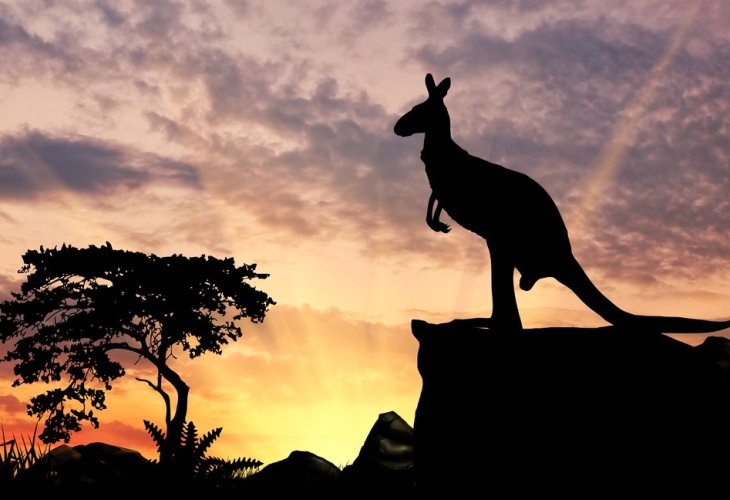Faith
Noah’s Ark and the Animals: Explaining Migration and Species Diversity
Exploring the Flood, continental drift, and how root species diversified into today’s millions of animals

Eitan asks:
"1. As we know, continents like Australia and Antarctica are separated from others and surrounded by sea. The Torah says that Noah’s Ark rested on Mount Ararat in Turkey. How did kangaroos reach Australia and penguins Antarctica? How did they even know where to migrate?
2. In an article on Hidabroot I read that Noah only took the root species into the Ark, and that the animals later diversified into all the different kinds after the Flood. I heard that there are now over 8 million species of animals in the world, and such processes take a very long time. How could that be? Thank you.”
* * *
Thank you, Eitan, for your thoughtful questions.
Scientific evidence for the Flood
The geological surface of the earth shows signs of massive catastrophes in its past. Fossil records reveal sudden, mass extinctions of countless animals, as well as the formation of immense canyons and chasms.
Seashells and fish skeletons have been found all over the world — even at the tops of the Himalayas and Mount Everest, in deserts, and in icy regions. This testifies that water once covered the continents and destroyed animal life.
Human history also testifies that nearly every ancient culture, even those with no contact with each other, preserved a story of a great flood and an ark. Interestingly, written human history goes back only about 4,300 years, corresponding to the biblical Flood, with no earlier dynasties or texts.
Above all, the strongest evidence is the truth of our Torah, based on God’s revelation to the entire nation of Israel. We trust completely in this faithful record of early humanity and the Flood.
1. How did animals reach distant continents?
The earth’s crust is made up of tectonic plates that slowly shift. This “continental drift” means the continents were once closer together and even connected. Sudden movements of these plates can cause earthquakes and tsunamis.
The Torah states that during the Flood “all the fountains of the great deep burst forth” (Genesis 7:11). This may refer to tectonic shifts under the oceans, explaining both the worldwide inundation and the eventual drifting apart of the continents.
In earlier times, land bridges existed between many regions. For example:
Native Americans reached the Americas on foot via the Bering land bridge between Siberia and Alaska (today only 55 miles of sea separate them).
Australia was once closer to Asia. Aboriginal Australians arrived by foot through chains of islands. Animals would have migrated the same way.
Antarctica was never inhabited by people, but penguins and marine animals reached it via stepping-stone islands from South America. Penguins can swim thousands of miles — emperor penguins up to 1,000 miles, and Adélie penguins even 3,000. These shorter distances in the past made migration feasible.
Thus, animals dispersed gradually, following instinct God implanted in them to seek habitats suited to their survival. Over centuries, species spread to every corner of the world, such as camels to deserts, polar bears to the Arctic, penguins to the Antarctic, and so on.
2. How could so many species develop in just a few thousand years?
Noah did not take every subspecies, but the root kinds — the genetic ancestors. From them, all modern varieties could emerge. This diversification is not the same as “evolution” in the Darwinian sense. It relies on genetic potential already present.
For example, the gray wolf’s gene pool contains the potential for all modern dog breeds. In just 200 years of selective breeding, humans produced hundreds of distinct breeds. In nature, environmental pressures (climate, food sources, predators) act as selective forces that produce rapid adaptation.
There are only about 5,500 mammal species, 6,000 reptiles, 6,000 amphibians, and 10,000 birds — a manageable number to diversify from root kinds.
Most of the 8 million “species” are actually insects, microbes, or plants, which adapt very rapidly.
Altogether, biologists classify only about 35 phyla (major animal groups) and around 1,000 families. That means Noah needed to house only 1,000–2,000 pairs of animals — about the size of a modern zoo. Even higher estimates suggest no more than 16,000 animals.
From these root kinds, diversification into today’s enormous variety is entirely possible within the ~4,000 years since the Flood.

